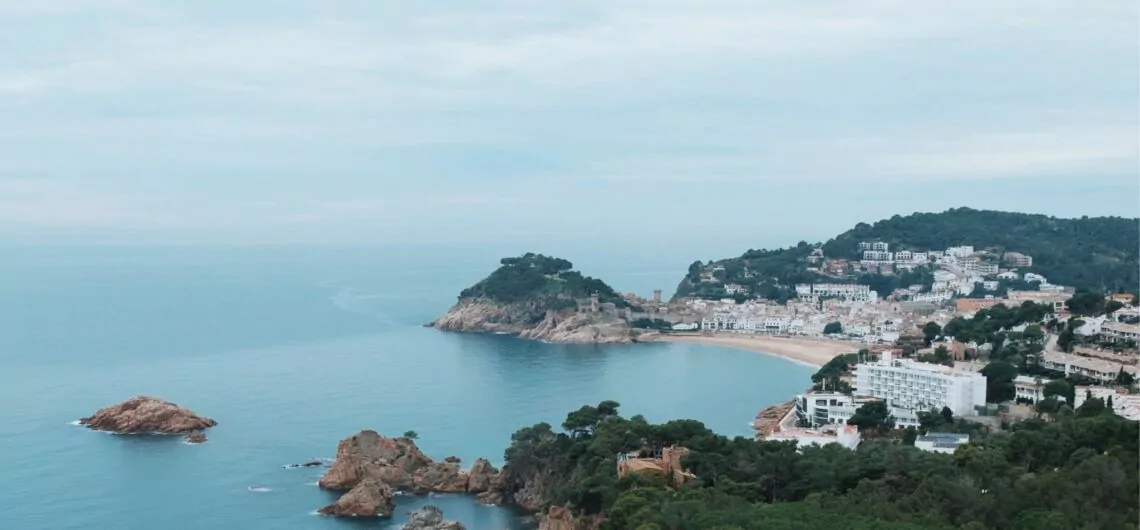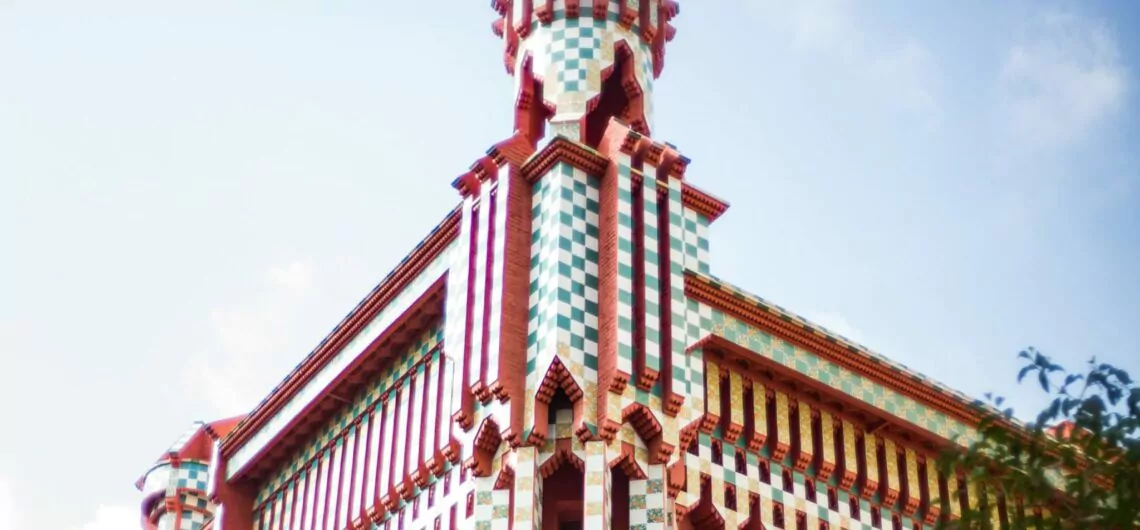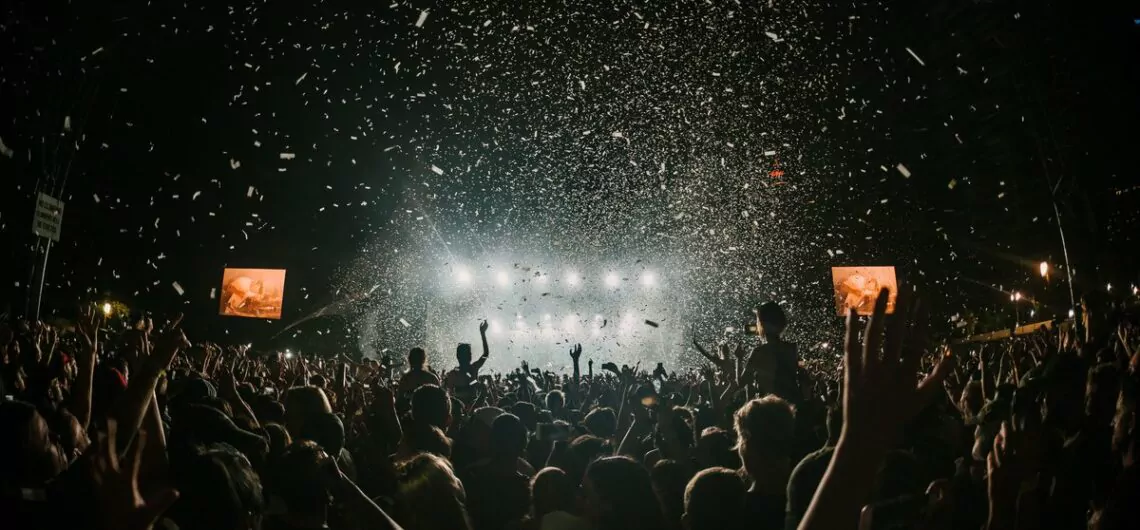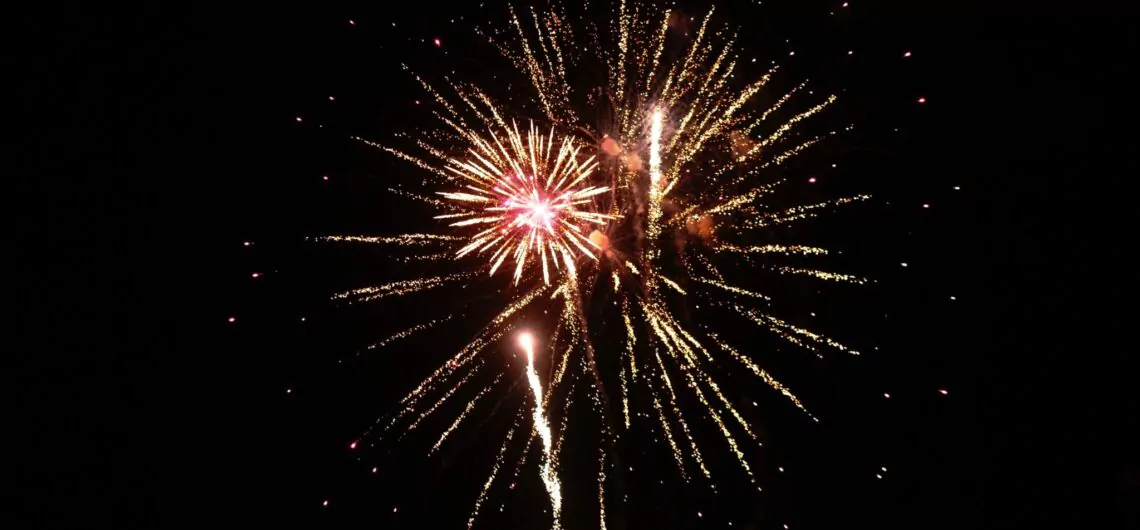This was originally posted on the 22nd December 2018; it was updated 18th December 2019. January in Barcelona is a quieter time, but that doesn’t mean that the festivities stop and the city shuts down for a month. On the contrary, as a Catholic country (officially, although many people in Cataluña are not religious), there
Sink your toes and plant your umbrellas without having to travel far. 5 easily reached Beaches & 5 hidden gems near Barcelona 1 Playa de Sant Sebastià You find this particular beach in the old town and the marina of Sitges, located in a neighborhood of seafaring tradition. It is a family beach frequented by residents of the
In this post, we explore more about Casa Viçens, a “hidden” Gaudí gem. Perhaps it is a bit odd to refer to a building by Barcelona’s favourite architect, Antoni Gaudí, as a hidden gem, however, this house – his very first commission – is easy to overlook due, in part, to its location. Casa Viçens
As true Barcelona enthusiasts, at BarcelonaTours we feel the need to promote more than the most widely known attractions in the city. This is our goal for our “Hidden Gem” stories, we are doing small presentations of things in Barcelona that we find fantastic, but that might not be on everyone’s to-do list. The topic
July, simply put, is usually a scorcher in Barcelona. The spring showers have passed, the summer storms of August have yet to come, so it’s blue skies and hot sands as far as the eye can see. July also is one of the busiest months of the year when it comes to festivals, both international
Are you feeling the pressure? That nagging end of the year feeling, the need to have the maximum amount of fun lined up for New Year’s Eve? If you are in Barcelona, you’re in luck, we’ll point you in the direction of the best restaurants, activities and parties on the night. No Sour Grapes! In






